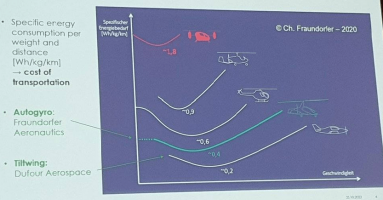Tyger
Super Member
I was flying to the Simsbury, CT (4B9) fly-in a couple of years ago, which can get pretty busy, and I had the misfortune (or made the mistake) of landing just behind a pretty big medevac helicopter. He was coming in on a right pattern to runway 3, and everyone else was using left. Anyway, I had a good view of him, he was ahead of me, flying a short right base and final approach, and then he slid immediately over to the helicopter parking area, just west of the approach end of 3 (see diagram here: http://simsburyflyin.com/PROCEDURES)
Well, what I should have done was just go ahead and land long, but what I actually did was try to land just at the approach end, in what turned out to be a big mess of turbulence from his still turning rotor (there was also a pretty good crosswind from the west). Just as I was about to touch down, I suddenly found myself several feet in the air, and then WHAM, I came down fast and hit the runway really hard. Luckily, I was able to keep everything aligned and only my pride was actually damaged (I had a very long look over my landing gear once I had taxied off). Anyway, I consider that a valuable lesson learned about helicopter wakes.
Well, what I should have done was just go ahead and land long, but what I actually did was try to land just at the approach end, in what turned out to be a big mess of turbulence from his still turning rotor (there was also a pretty good crosswind from the west). Just as I was about to touch down, I suddenly found myself several feet in the air, and then WHAM, I came down fast and hit the runway really hard. Luckily, I was able to keep everything aligned and only my pride was actually damaged (I had a very long look over my landing gear once I had taxied off). Anyway, I consider that a valuable lesson learned about helicopter wakes.


